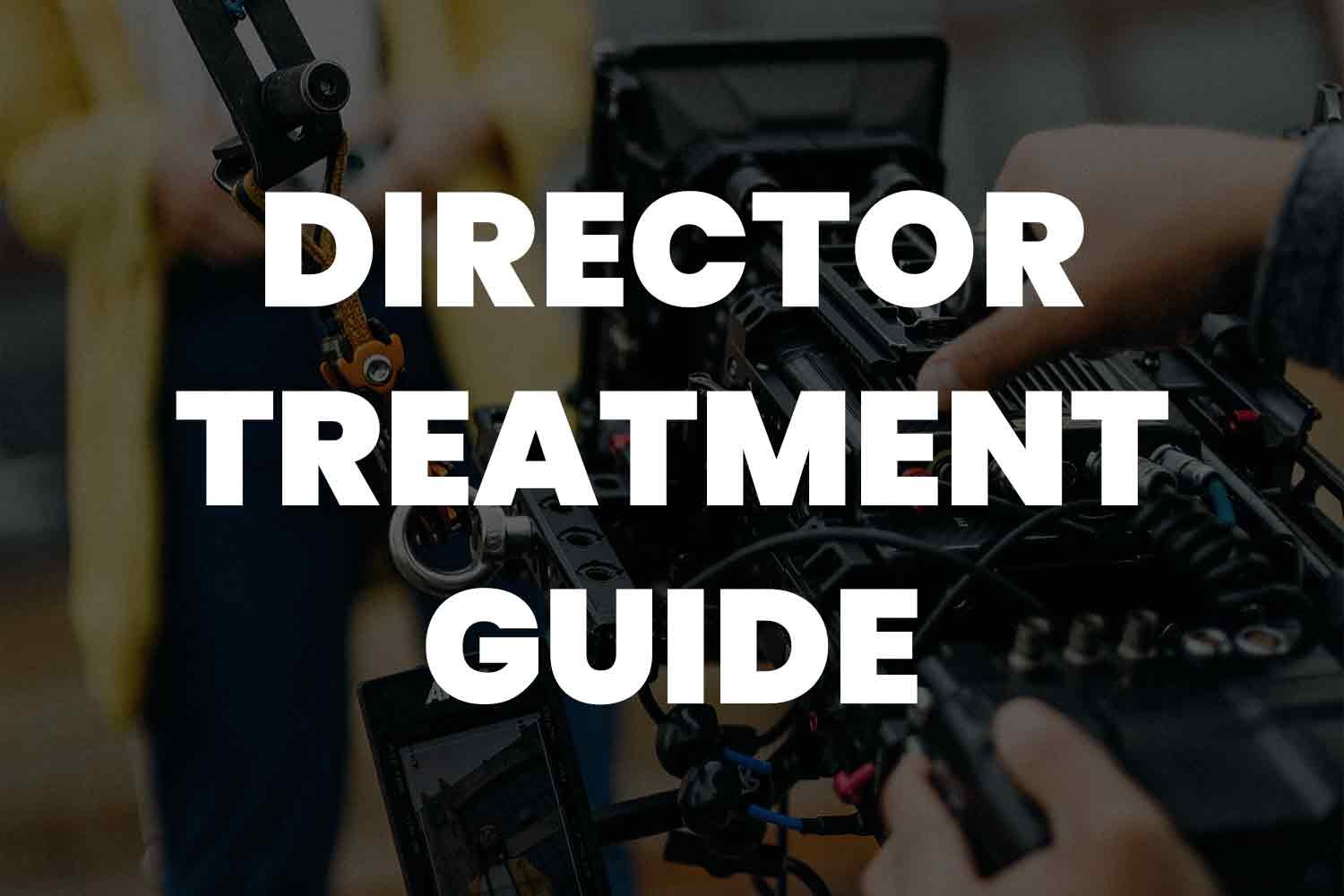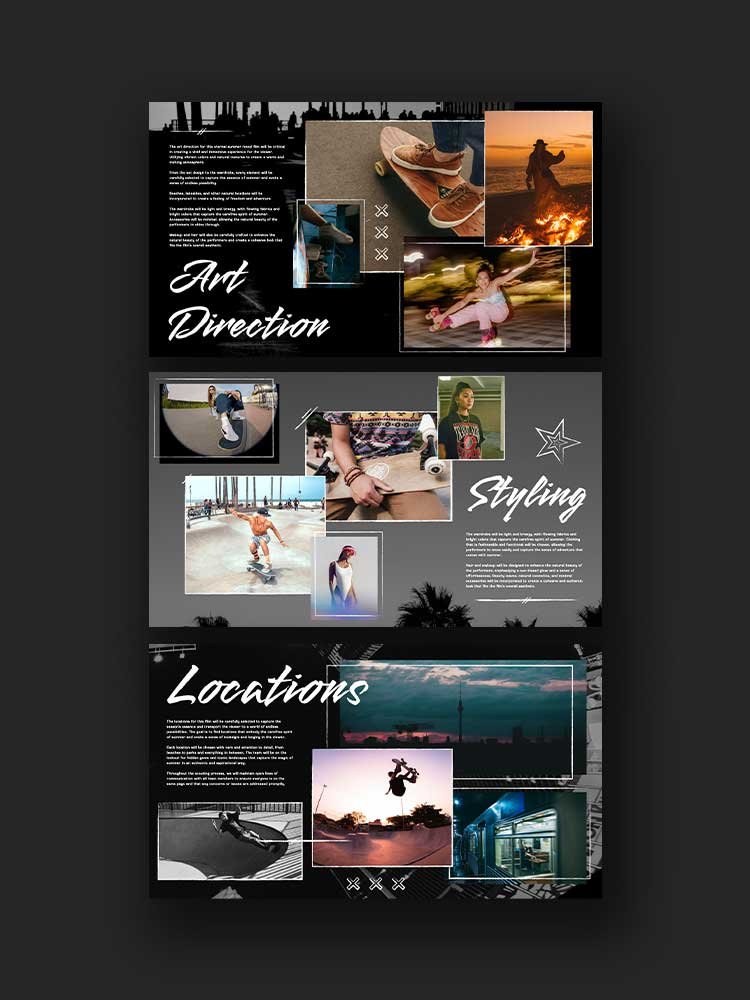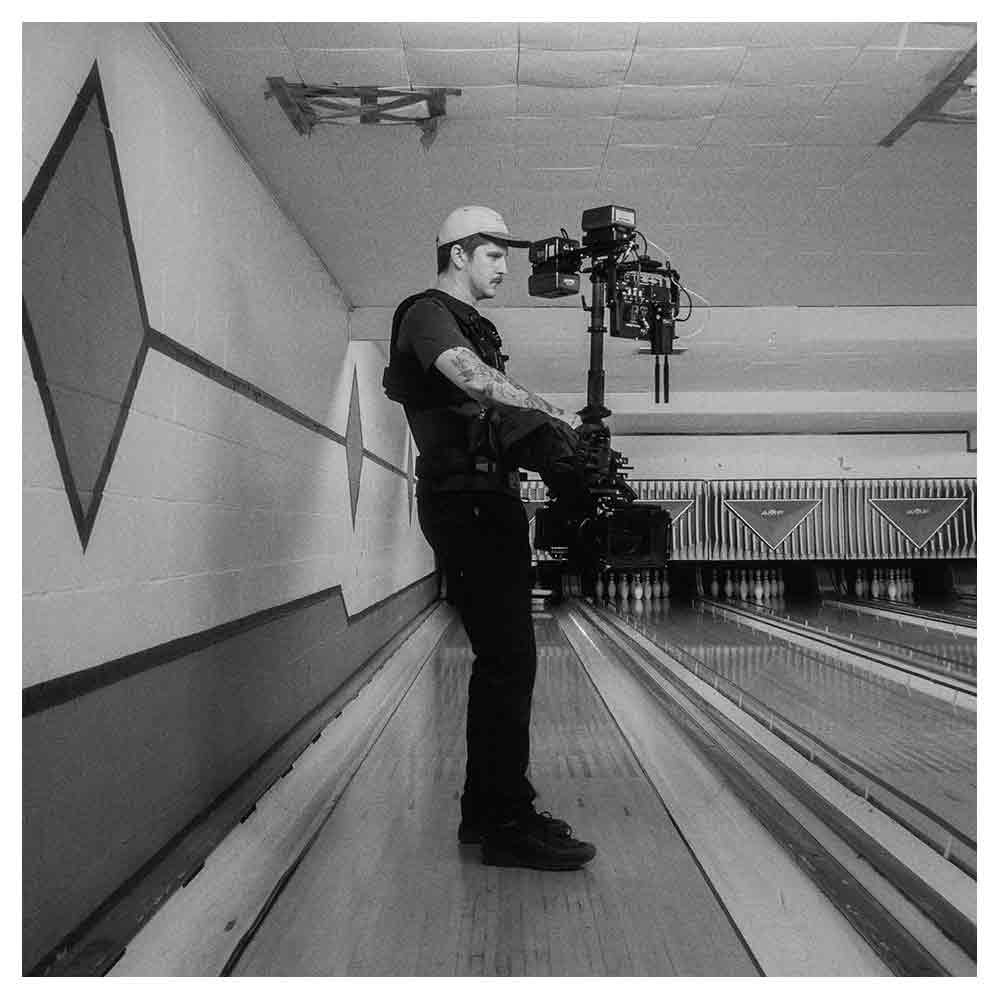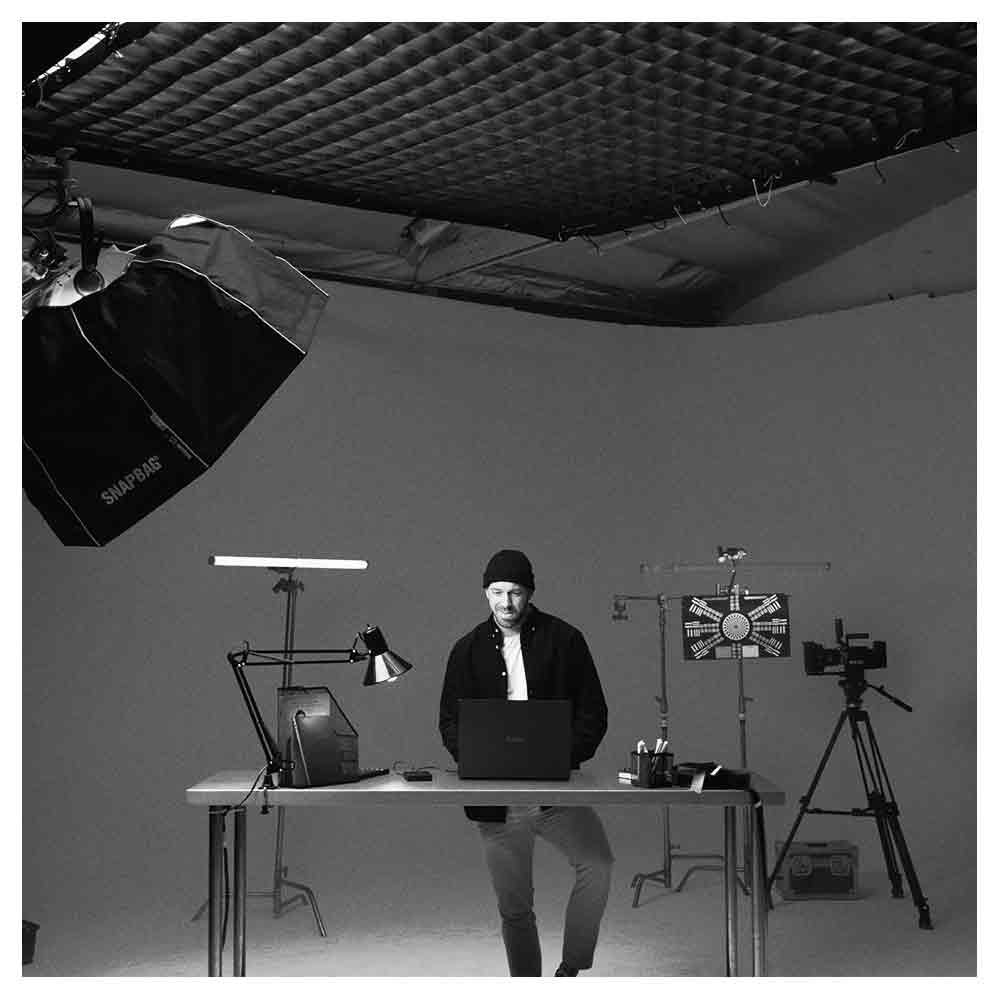Director Treatment Guide—The Art of Crafting a Pitch That Sells
Directing a film or commercial project involves translating a creative vision into a finished product that captivates audiences.
But before this can happen, the director must land the job first…
That's where the director's treatment comes into play. This essential tool can make or break your chances of securing a project, and it's your opportunity to present your unique and compelling vision to potential clients.
In this article, we'll explore the art of treatment writing, examine the key elements of a winning treatment, and share tips for crafting a pitch that sells.
Whether you're a seasoned director or just starting in filmmaking, this guide will help you create treatments and pitch ideas that capture clients' imagination and ultimately win you the job.
The Director's Treatment: Your Creative Vision in Writing
A director's treatment is a document that outlines your creative vision for a project—be it a film, TV pilot, music video, or commercial.
It's your chance to communicate your director's vision, visual style, and approach to storytelling, giving clients and production companies a glimpse into the final product you intend to create.
The treatment process is an essential part of the pitching process, and a well-crafted treatment can set you apart and win over other directors vying for the same job.
Why Director Treatments Matter
Treatments are a crucial part of the pre-production process because they:
Convey your creative vision: A treatment allows you to communicate your unique perspective and approach to a project. It showcases your understanding of the project, the visual style you intend to bring to life, and how you plan to connect with the target audience.
Demonstrate your expertise: A director's treatment will showcase your filmmaking knowledge and ability to execute a project from concept to final film. It's your chance to impress clients with your ability to analyze a script, develop a creative direction, and bring together the crew involved in realizing your vision.
Help clients decide: A strong director's treatment can be the deciding factor for clients when choosing between directors. It's a way for them to assess whether your stylistic approach aligns with their goals and if your creative vision will resonate with their target audience.
With these points in mind, let's dive head first into the key elements of a winning director's treatment and learn how to create one that captures the essence of your vision and sets you apart from the competition.
Crafting a Winning Director's Treatment: Essential Elements
1. Introduction: Present Your Strong Take
Your introduction should quickly establish the main idea of your treatment and convey your enthusiasm for the project.
Begin with a strong take on the story or concept, and use this as a foundation for the rest of your treatment. Remember, you want to hook the reader, so make your introduction engaging and concise.
2. Story and Structure: Communicate Your Vision
Break down the script or concept into its core elements, and explain how you plan to bring these elements to life on screen.
This is your opportunity to showcase your understanding of the story and your ability to write and structure it effectively. Use descriptive language and evocative imagery to help the reader visualize the world you plan to create.
3. Visual Style: Paint a Picture with Words
Describe the visual style you intend to bring to the project, including cinematography, color palette, and any unique stylistic approaches or visuals you have in mind.
This is your chance to communicate your artistic vision and demonstrate your expertise as a director. Consider including reference images or mood boards to further illustrate your ideas.
4. Production Design and Locations: Set the Stage
Discuss the production design and location choices to help bring your vision to life. Explain how these elements will contribute to the overall atmosphere and tone of the project.
Be mindful of the budget when proposing locations and set designs—clients appreciate a director who can deliver a high-quality product without breaking the bank.
5. Talent and Casting: Bring Your Characters to Life
Outline your ideas for casting the project, including any specific actors or performers you have in mind.
Explain how your choices will enhance the storytelling and connect with the target audience. If you don't have a specific talent, discuss the type of performer you envision for the role and what qualities they should possess.
6. Collaborators: Assemble Your Creative Partner and Crew
Identify key collaborators, such as the director of photography, production designer, and costume designer, who will help bring your vision to life.
Explain how their skills and expertise will contribute to the project's success. This demonstrates to clients that you have a strong team behind you, capable of delivering a high-quality final product.
7. Conclusion: Wrap It Up with Confidence
Conclude your treatment by summarizing your vision and reiterating your enthusiasm for the project.
Express your confidence in delivering a final product that exceeds the client's expectations and connects with the target audience.
The Final Touch: Presentation Matters
A visually appealing and well-organized treatment can make a lasting impression on clients, setting you apart from other directors. Consider incorporating elements such as:
Graphic design: A well-designed treatment with a consistent visual style will help convey your artistic vision and demonstrate your attention to detail.
Imagery: Including reference images, mood boards, or even storyboards can help clients better visualize your ideas and understand the world you plan to create.
Clarity and organization: Keep your treatment concise and easy to read, using clear headings and bullet points to break up large blocks of text.
Proofreading: Take the time to carefully proofread your treatment, ensuring it is free of errors and typos. A polished, professional document will instill confidence in your ability to deliver a high-quality final product.
The Dry Run: Test Your director treatment on Trusted Colleagues
Before submitting your treatment to potential clients, consider doing a dry run with trusted colleagues or friends.
Share your treatment with them and ask for honest feedback on your ideas, presentation, and overall pitch.
This can help refine your treatment and ensure your message is clear and compelling.
In Conclusion: Mastering the Art of the Director's Treatment
Crafting a winning director's treatment is essential for any filmmaker seeking to secure projects and bring their creative vision to life.
By following the guidelines outlined in this article and focusing on the key elements of a strong treatment, you can create a pitch that captures the essence of your vision and sets you apart from the competition.
Remember, your treatment aims to communicate your ideas and demonstrate your ability to execute a project from concept to final film.
With a well-crafted treatment, you'll be well on your way to winning over clients and landing the job of your dreams.
Keep honing your treatment writing skills, and you'll become a master at crafting pitches and treatments that sell, ensuring a long and successful career in filmmaking.
Frequently Asked Questions about Director Treatments
How long should a director's treatment be?
A director's treatment should be concise and engaging, ranging from 5 to 15 pages. However, the length may vary depending on the project, the director's vision and complexity, and the client's preferences.
How can I make my director's treatment visually appealing?
To make your director's treatment visually appealing, consider incorporating:
Consistent graphic design elements that convey your artistic vision.
Reference images, mood boards, or storyboards to help clients visualize your ideas.
Clear headings, bullet points, and well-organized sections for easy readability.
How do I tailor my director's treatment for different types of projects?
To tailor your director's treatment for different types of projects, consider the following:
Understand the unique requirements and goals of each project. For example, a music video may capture the song's energy, while a TV pilot might emphasize character development and world-building.
Research the client, target audience, and industry trends to ensure your treatment meets their expectations and preferences.
Adjust your visual style, production design, and casting choices to fit the specific needs of each project.
Customize your introduction and conclusion to address the unique aspects of each project and demonstrate your enthusiasm and understanding of the project's goals.
Can I collaborate with other professionals when creating a director's treatment?
Collaboration with other professionals, such as writers, production designers, or cinematographers, can be beneficial when creating a director's treatment.
These professionals can provide valuable insights, feedback, and expertise to help you refine your ideas and present your films with a stronger, more cohesive vision.
How do I protect my ideas when sharing my director's treatment?
Protecting your ideas when sharing a director's treatment can be achieved by:
Including a confidentiality statement on the document.
Sharing your treatment only with trusted clients, collaborators, or colleagues.
Using password-protected files or secure sharing platforms when sending your treatment electronically.
What are some common mistakes to avoid when creating a director's treatment?
Some common mistakes to avoid when creating a director's treatment include the following:
Being too vague or generic in your ideas and vision.
Failing to demonstrate a clear understanding of the script or project goals.
Overlooking the importance of presentation, such as graphic design, organization, and proofreading.
Ignoring budget constraints and proposing unrealistic or costly production elements.
Not tailoring your treatment to the specific needs and preferences of the client or project.






































